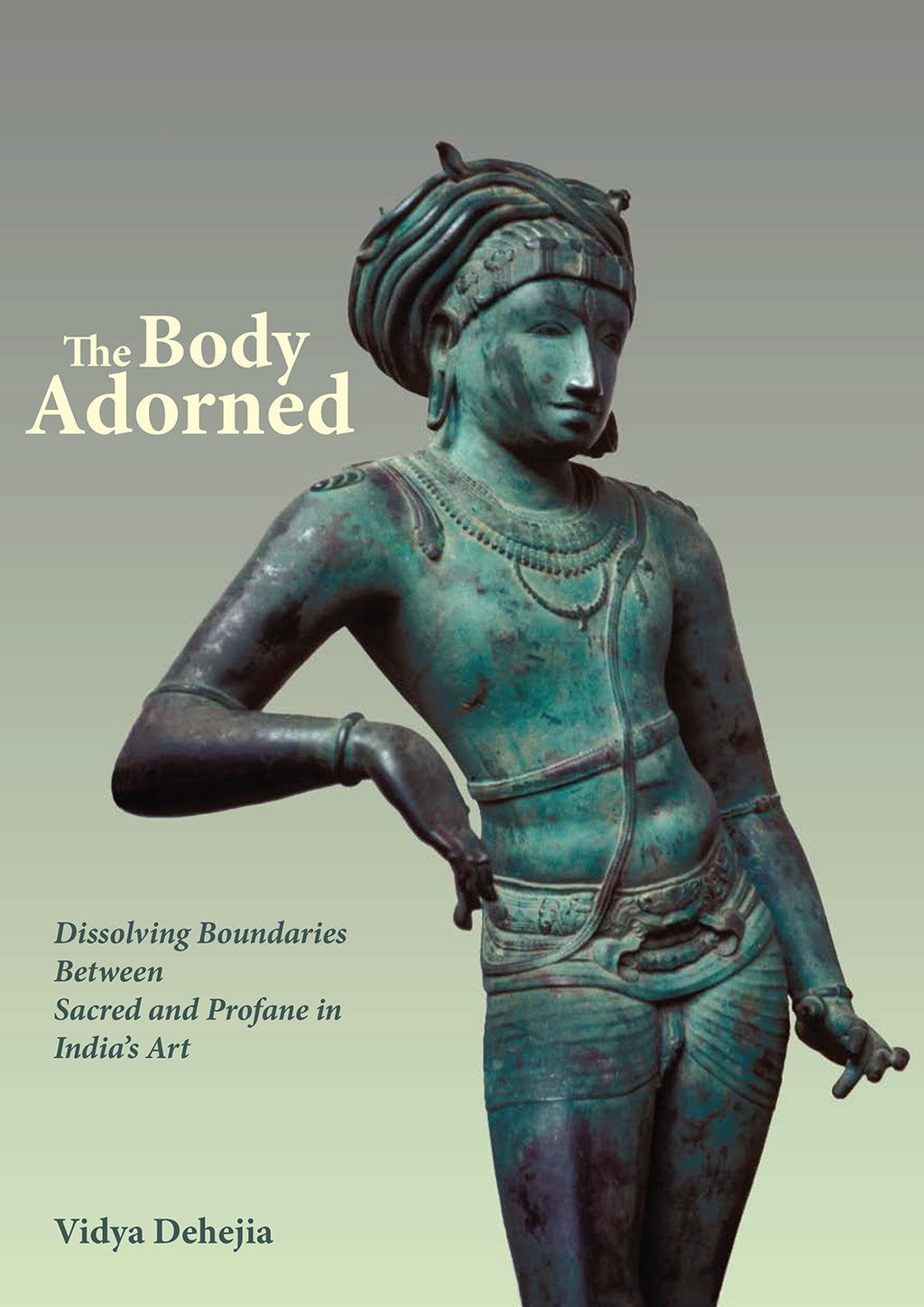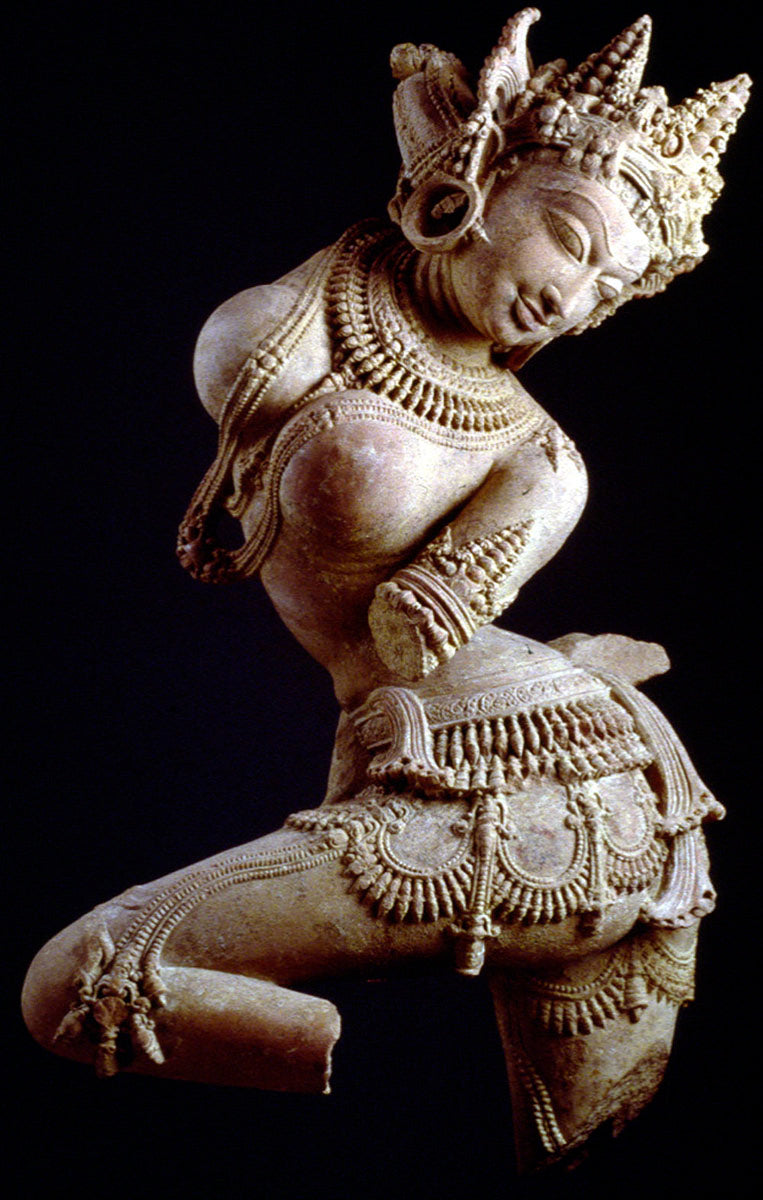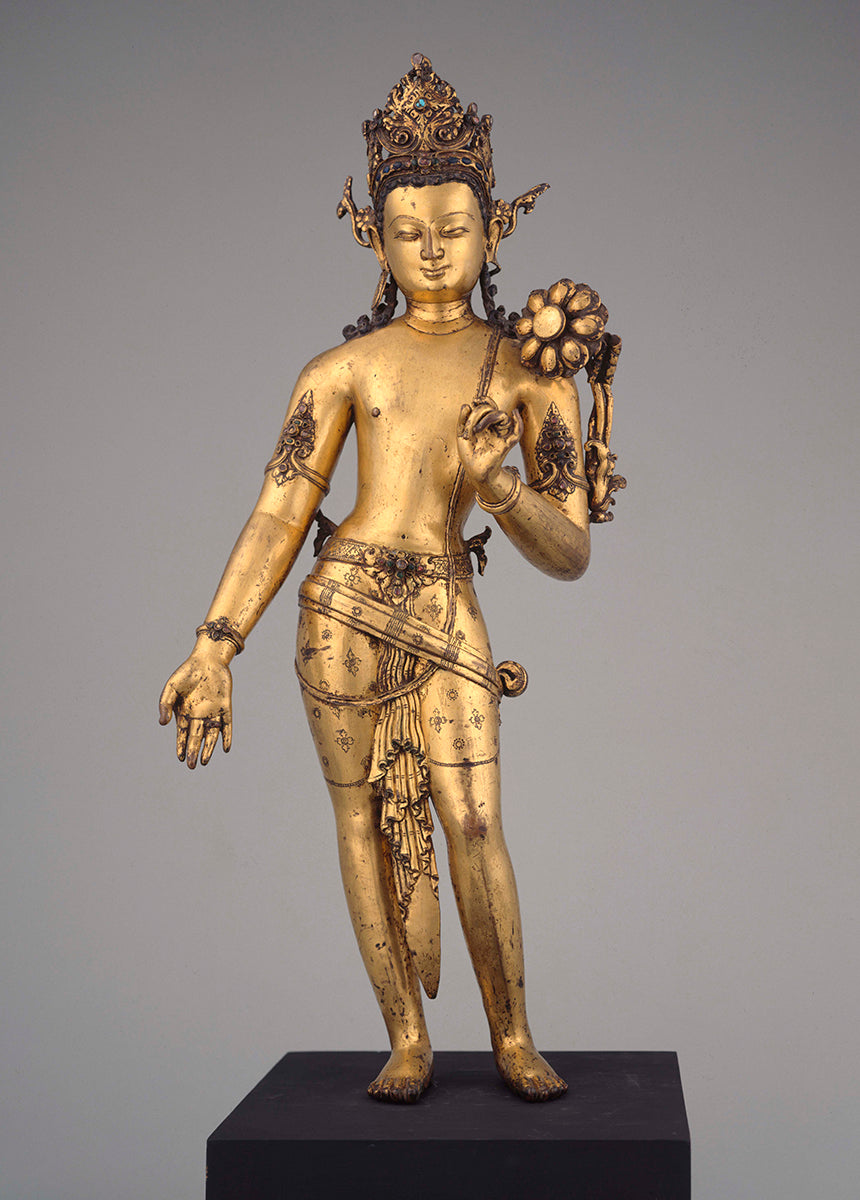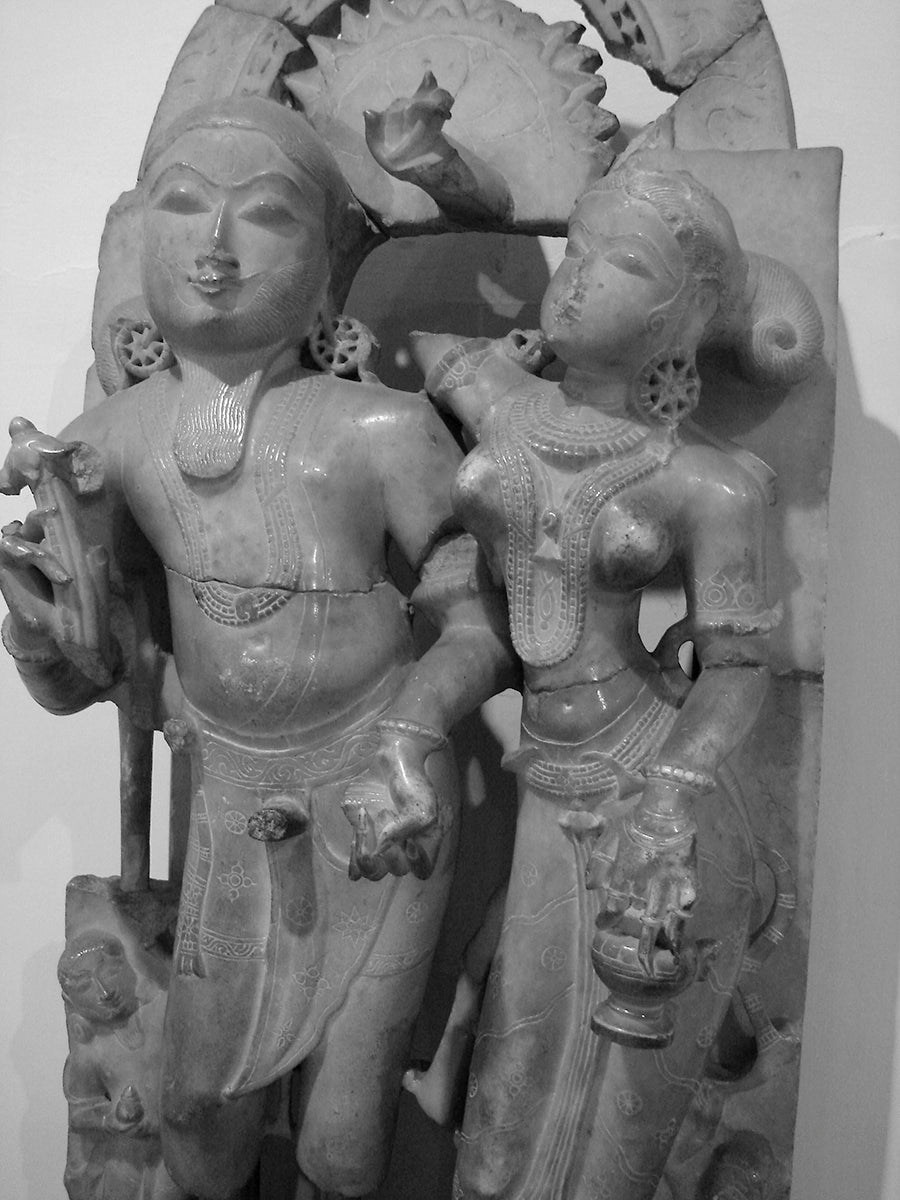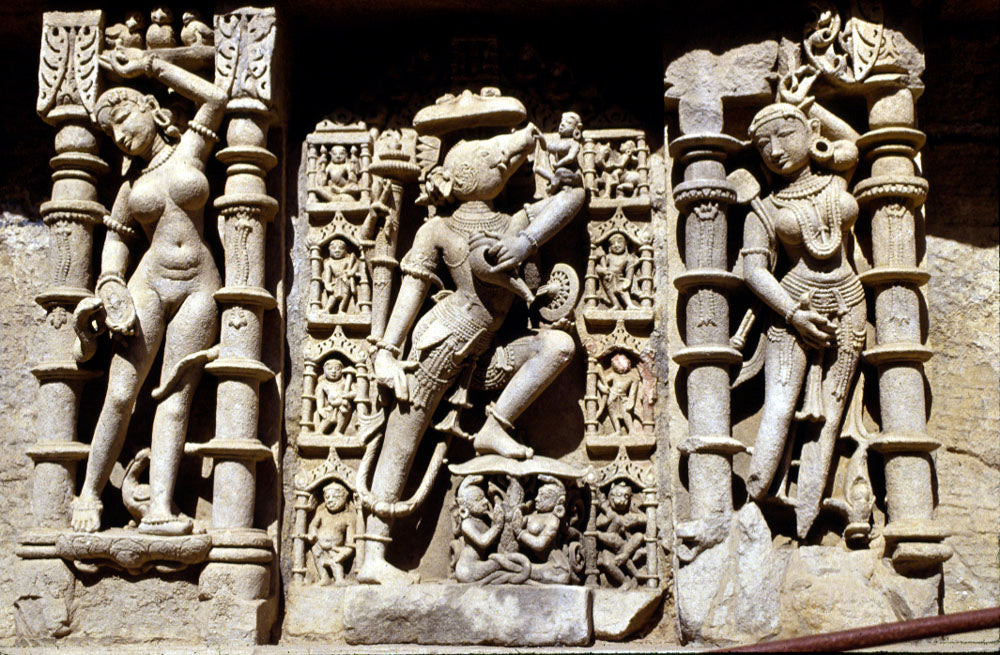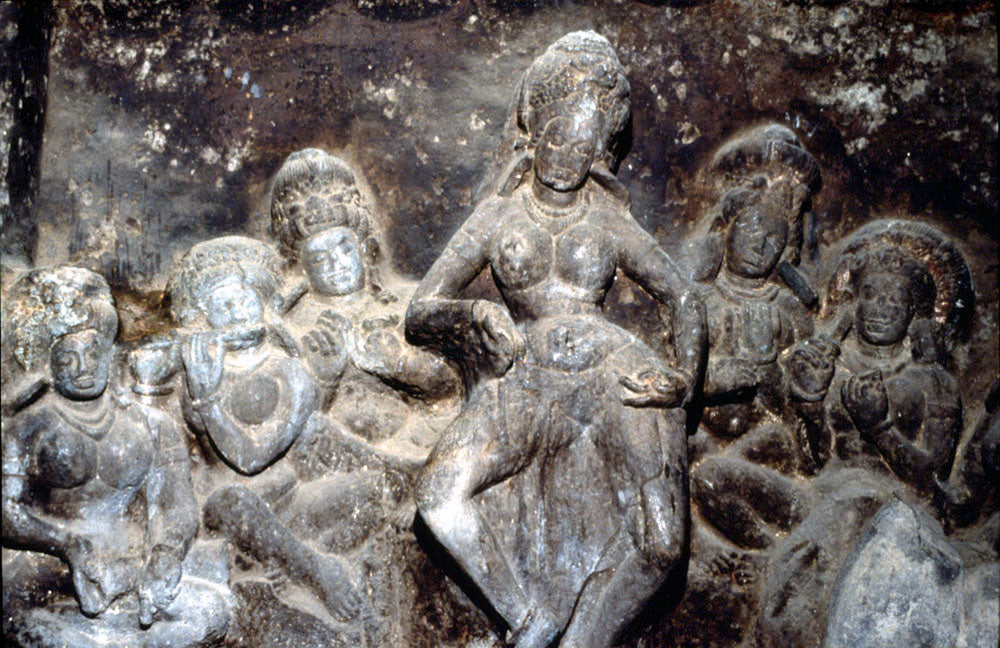The Body Adorned
Dissolving Boundaries between Sacred and Profane in India's ArtThe sensuous human form—elegant and eye-catching—is the dominant feature of premodern Indian art. Praise: "An important work for anyone interested in Indian art or religion...Highly recommended."—Choice “The rich adornment of the human body is everywhere in Indian culture—and nowhere in Indian scholarship. Vidya Dehejia has finally addressed this deficiency with a perceptive and illuminating book sure to be of interest to students of literature no less than art history.” —Sheldon Pollock, Columbia Univers
- Category: All Books, Art, MAPIN20
In The Body Adorned, Vidya Dehejia, who has dedicated her career to the study of Indian art, draws on the literature of court poets, the hymns of saints and acharyas, and verses from inscriptions to illuminate premodern India’s unique treatment of the sculpted and painted form. She focuses on the coexistence of sacred and sensuous images within the common boundaries of Buddhist, Jain, and Hindu “sacred spaces,” redefining terms like “sacred” and “secular” in relation to Indian architecture. She also considers the paradox of passionate poetry, in which saints praised the sheer bodily beauty of the divine form, and nonsacred Rajput painted manuscripts, which freely inserted gods into the earthly realm of the courts.
By juxtaposing visual and literary sources, Dehejia demonstrates the harmony between the sacred and the profane in classical Indian culture. Her synthesis of art, literature, and cultural materials not only generates anall- inclusive picture of the period but also revolutionizes our understanding of the cultural ethos of premodern India.
Vidya Dehejia holds the Barbara Stoler Miller Chair in Indian Art at Columbia University. She was chief curator and deputy director, as well as acting director, of the Freer Gallery of Art and the Arthur M. Sackler Gallery in Washington, D.C. She is an established scholar whose publications have ranged from ancient Buddhist art to the esoteric temples of North India, and from the sacred bronzes of the South to the art of British India. Her recent publications include Chola: Bronzes from South India; India Through the Lens: Photography, 1840–1911; Devi: The Great Goddess; and Delight in Design: Indian Silver for the Raj.
Preface and Acknowledgments
1. The Body as Leitmotif
2. The Idealized Body and Ornament
3. The Sensuous Within Sacred Boundaries
4. To the Divine Through Beauty
5. Inserting the Gods into the World of Men: Rajput Painted Manuscripts
Afterword.
The Body Revealed and Concealed:
Issues of Intention and Perception
Notes
Bibliography
Index
| ISBN | 9788189995041 |
| Pages | 238 |
| Number of photographs | 74 |
| Size | 7 x 10" (178 x 254 mm), hc |
| Date of Publishing | 2009 |
| Language(s) | English |
| Co-publisher(s) | Mapin in association with Columbia University Press / New York |
| Rights Available | World rights |
—Choice
“The rich adornment of the human body is everywhere in Indian culture—and nowhere in Indian scholarship. Vidya Dehejia has finally addressed this deficiency with a perceptive and illuminating book sure to be of interest to students of literature no less than art history.”
—Sheldon Pollock, Columbia Univers





